Home>Furniture & Design>Bathroom Accessories>How To Build A Bathtub
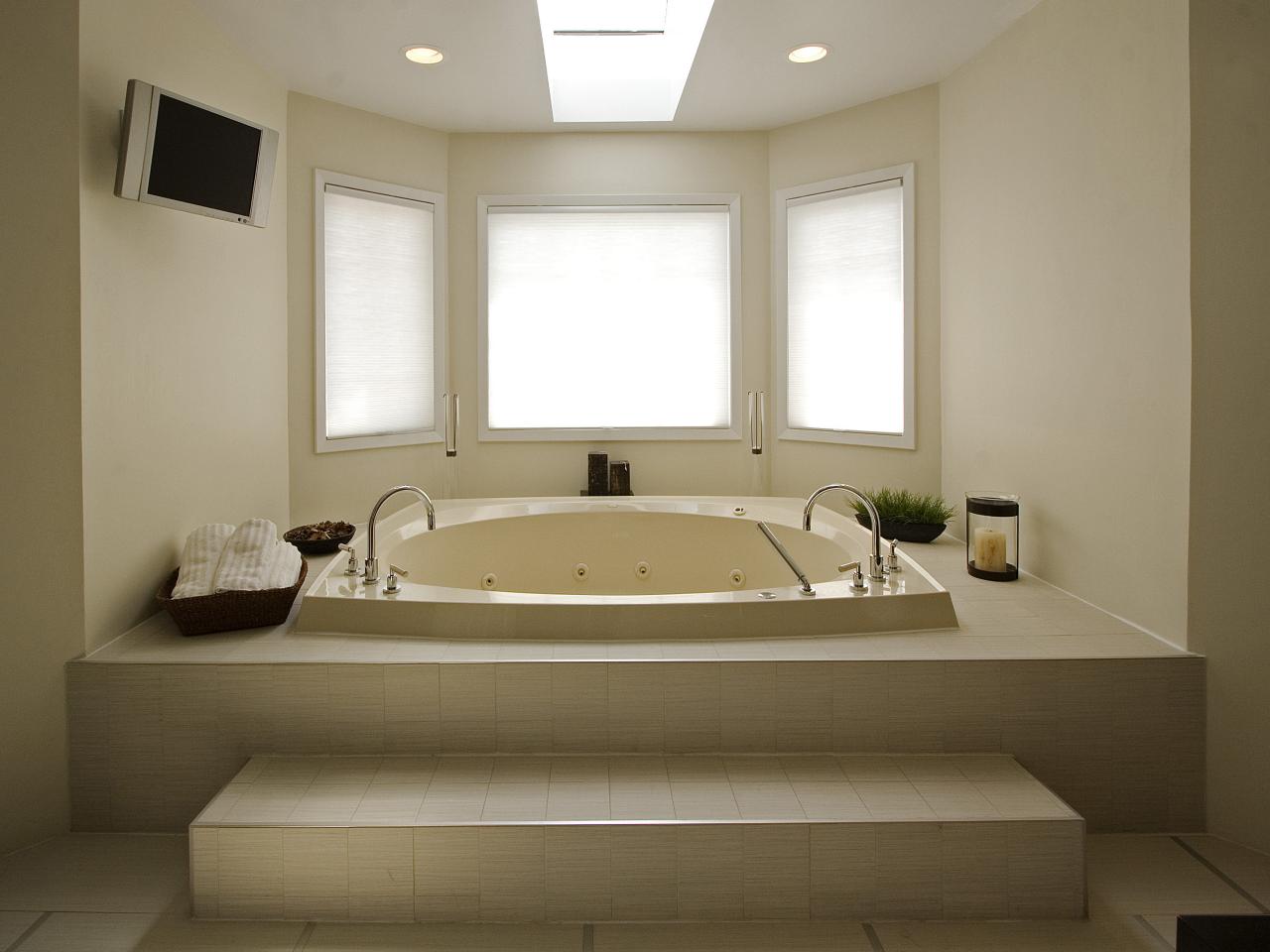

Bathroom Accessories
How To Build A Bathtub
Modified: April 22, 2024
Discover the best bathroom accessories and learn how to build a bathtub with our expert tips. Create a luxurious and functional space with our comprehensive guide.
(Many of the links in this article redirect to a specific reviewed product. Your purchase of these products through affiliate links helps to generate commission for Storables.com, at no extra cost. Learn more)
Introduction
Building a bathtub from scratch can be a rewarding and fulfilling project for anyone with a passion for DIY and a flair for creativity. Whether you're looking to customize a bathtub to fit a unique space or simply want to embark on a challenging and exciting home improvement endeavor, constructing your own bathtub can be a truly satisfying experience.
In this comprehensive guide, we will walk you through the step-by-step process of building a bathtub, from gathering the necessary materials and tools to adding the finishing touches. By following these instructions, you can create a custom bathtub that perfectly suits your needs and preferences.
Embarking on a project of this nature requires careful planning, attention to detail, and a willingness to embrace the creative process. Throughout this guide, we will provide valuable insights and practical tips to help you navigate each stage of the bathtub-building journey with confidence and expertise.
Whether you're a seasoned DIY enthusiast or a newcomer to the world of home improvement, this guide is designed to equip you with the knowledge and inspiration needed to tackle the challenge of building a bathtub. So, roll up your sleeves, gather your tools, and let's dive into the exciting process of bringing your custom bathtub vision to life.
Key Takeaways:
- Building a custom bathtub involves careful planning, precise construction, and attention to detail. From gathering materials to adding finishing touches, it’s a rewarding journey that culminates in a personalized and exceptional fixture for your home.
- The process of building a custom bathtub is a creative and transformative experience, blending craftsmanship and practicality. Each step, from designing the bathtub to installing plumbing and adding final touches, contributes to the realization of a unique and luxurious bathing space.
Read more: How To Build A Wooden Bathtub
Step 1: Gather Materials and Tools
Before diving into the construction of your custom bathtub, it's essential to gather all the necessary materials and tools to ensure a smooth and efficient building process. Here's a comprehensive list of items you'll need to kick-start your bathtub-building project:
Materials:
- Bathtub Base: Depending on your design preferences, you can opt for materials such as acrylic, fiberglass, or even wood for a more rustic look.
- Waterproofing Membrane: This is crucial for preventing water damage and ensuring the longevity of your bathtub.
- Plumbing Fixtures: Including a drain assembly, water supply lines, and any additional fixtures based on your design.
- Insulation: To maintain water temperature and prevent heat loss.
- Sealant and Adhesive: High-quality sealant and adhesive are essential for securing the bathtub components and ensuring a watertight seal.
- Finishing Materials: Such as tiles, stone, or any material of your choice for the bathtub's exterior.
Tools:
- Measuring Tape: Essential for accurately measuring the dimensions of the bathtub space and materials.
- Saw: Depending on the materials chosen, a saw suitable for cutting through the bathtub base material.
- Drill and Bits: For creating holes for plumbing fixtures and securing components.
- Level: To ensure the bathtub frame and base are perfectly aligned.
- Pipe Wrench: For tightening and securing plumbing connections.
- Safety Gear: Including gloves, goggles, and a mask for protection during construction.
By gathering these materials and tools, you'll be well-equipped to commence the construction of your custom bathtub. It's crucial to ensure that all materials are of high quality and suitable for the specific design and dimensions of your bathtub. With everything in place, you're ready to move on to the next step: designing the bathtub.
Step 2: Design the Bathtub
Designing the bathtub is a crucial phase that sets the foundation for the entire construction process. This step involves translating your vision into a detailed plan that encompasses the size, shape, and aesthetic elements of the bathtub. Here's a comprehensive guide to help you navigate the design phase with precision and creativity.
Read more: How To Build A Roman Bathtub
Considerations for Design
Before delving into the specifics of the bathtub's design, it's essential to consider several key factors that will influence the overall plan. These considerations include the available space for the bathtub, the desired capacity, and any unique features or functionalities you wish to incorporate. Additionally, take into account the existing plumbing layout to ensure seamless integration with the new bathtub design.
Size and Shape
The size and shape of the bathtub are fundamental aspects of the design process. Measure the available space accurately to determine the maximum dimensions for the bathtub. Consider factors such as the desired capacity, user comfort, and any spatial constraints that may impact the final design. Whether you envision a classic rectangular bathtub or a more unconventional shape, such as a freestanding oval tub, the size and shape will form the basis of your design.
Aesthetic Elements
The aesthetic appeal of the bathtub plays a significant role in the overall design. Consider the visual style you wish to achieve, whether it's a sleek and modern look, a rustic and natural ambiance, or a luxurious spa-inspired design. Additionally, select the materials and finishes that align with your vision, such as elegant tiles, natural stone, or custom wood paneling. The aesthetic elements should harmonize with the overall design theme of your bathroom space.
Functional Features
Integrating functional features into the bathtub design can enhance its usability and convenience. Consider elements such as built-in shelving for bath essentials, comfortable armrests, or a contoured shape for optimal relaxation. If accessibility is a priority, explore options for incorporating safety rails or a lower entry threshold. The functional features should align with your specific needs and contribute to the overall comfort and usability of the bathtub.
Read more: How To Frame A Bathtub
Detailed Plans and Visualizations
Once you've considered all the essential aspects of the design, it's time to translate your vision into detailed plans and visualizations. Create precise drawings or digital renderings that illustrate the dimensions, layout, and aesthetic details of the bathtub. These visual representations will serve as a roadmap for the construction phase, ensuring that every element of the design is accurately implemented.
By meticulously designing the bathtub with careful attention to size, shape, aesthetic elements, and functional features, you'll lay the groundwork for a successful construction process. With a clear and comprehensive design in place, you're ready to move on to the next phase: building the frame of the bathtub.
Step 3: Build the Frame
Building the frame of the bathtub is a pivotal stage that provides structural support and serves as the foundation for the entire bathtub construction. This step involves assembling the framework that will securely hold the bathtub base and ensure its stability. By following a systematic approach and paying attention to detail, you can create a robust and reliable frame for your custom bathtub.
Frame Design and Materials
Before commencing the construction of the frame, it's essential to finalize the design and select the appropriate materials. The frame should be constructed using sturdy and water-resistant materials that can withstand the weight of the bathtub and the forces exerted during use. Pressure-treated lumber or moisture-resistant composite materials are commonly used for building bathtub frames due to their durability and resistance to moisture-related damage.
Measurements and Assembly
Accurate measurements are crucial for ensuring that the frame fits the designated space and aligns with the dimensions outlined in the bathtub design. Begin by marking the precise locations for the frame components, taking into account the shape and size of the bathtub base. Use a level to ensure that the frame is perfectly aligned and plumb, as any discrepancies at this stage can impact the stability and functionality of the bathtub.
Once the measurements are confirmed, proceed with the assembly of the frame components. Secure the lumber or composite materials using appropriate fasteners, such as screws or nails, to create a rigid and stable framework. Pay close attention to the connections and joints, ensuring that they are securely fastened to withstand the weight and pressure exerted on the bathtub.
Read more: How To Cover A Bathtub
Reinforcement and Support
To enhance the structural integrity of the frame, consider incorporating additional reinforcement and support elements. Cross-bracing or strategically placed support beams can effectively distribute the load and minimize any potential flexing or movement of the frame. By reinforcing critical areas and ensuring uniform weight distribution, you can create a robust and reliable foundation for the bathtub.
Waterproofing and Sealant Application
As a final step in building the frame, it's essential to apply a waterproofing membrane or sealant to protect the frame from moisture and potential water damage. This preventive measure is crucial for extending the longevity of the frame and safeguarding it against the effects of prolonged exposure to water. Ensure that all exposed surfaces and joints are adequately sealed to create a watertight barrier that preserves the integrity of the frame.
By meticulously constructing a sturdy and well-sealed frame for the bathtub, you establish a solid groundwork for the subsequent stages of the construction process. With the frame in place, you're ready to progress to the next phase: installing the plumbing components to bring your custom bathtub closer to completion.
Step 4: Install the Plumbing
Installing the plumbing components is a critical phase in the construction of a custom bathtub, as it ensures the functionality and usability of the fixture. Proper installation of the plumbing elements, including the drain assembly and water supply lines, is essential for creating a fully operational bathtub that meets your specific requirements. Here's a detailed overview of the process involved in installing the plumbing for your custom bathtub.
Drain Assembly Installation
The installation of the drain assembly begins with carefully positioning the bathtub base within the constructed frame, ensuring that it aligns with the designated drainage location. Once the base is in place, the drain assembly, comprising the drain fitting, gasket, and overflow assembly, is installed according to the manufacturer's specifications. It's crucial to securely fasten the components and apply an appropriate sealant to prevent any potential leaks.
Read more: How To Polish A Bathtub
Water Supply Line Connection
Connecting the water supply lines to the bathtub involves integrating the necessary fixtures for both hot and cold water. Depending on the design and layout of your custom bathtub, this may involve installing a faucet, mixer, or other water supply components. It's essential to carefully follow the plumbing guidelines and local building codes to ensure the proper installation and alignment of the water supply lines, allowing for seamless water flow and temperature control.
Testing and Inspection
Once the drain assembly and water supply lines are installed, thorough testing and inspection are imperative to verify the functionality and integrity of the plumbing system. Conduct a series of water tests to check for any leaks, ensuring that the drain assembly effectively removes water from the bathtub without any seepage. Similarly, test the water supply lines to confirm proper water flow and assess the performance of any installed fixtures.
Waterproofing and Sealant Application
To safeguard the surrounding areas from potential water damage and ensure the longevity of the plumbing installation, it's essential to apply a waterproofing membrane and high-quality sealant around the drain assembly and water supply connections. This preventive measure helps create a watertight seal, protecting the structural components and surrounding surfaces from moisture-related issues.
By meticulously installing the plumbing components and conducting thorough testing, you can ensure that your custom bathtub is equipped with a reliable and efficient plumbing system. With the plumbing in place, your custom bathtub is one step closer to becoming a functional and integral part of your home's bathroom space.
Step 5: Add the Finishing Touches
With the structural and functional elements of the custom bathtub in place, it's time to focus on adding the finishing touches that will elevate its aesthetic appeal and ensure a seamless integration with the overall bathroom design. This phase involves incorporating the final details and elements that will transform the bathtub into a visually stunning and fully functional fixture within your home.
Read more: How To Fill A Bathtub
Surface Finishes and Materials
Selecting the appropriate surface finishes and materials is crucial for achieving the desired aesthetic and functional characteristics of the bathtub. Whether you opt for sleek and modern tiles, natural stone, or custom wood paneling, the surface finish should complement the overall design theme of the bathroom while providing durability and ease of maintenance. Consider the visual impact, texture, and color scheme to ensure that the chosen materials harmonize with the surrounding decor and create a cohesive look.
Sealant and Waterproofing
Applying a high-quality sealant and waterproofing membrane to the surfaces surrounding the bathtub is essential for protecting against water damage and ensuring the longevity of the materials. Focus on sealing joints, edges, and any areas susceptible to moisture exposure to create a watertight barrier that safeguards the structural integrity of the bathtub and the surrounding surfaces. This preventive measure is crucial for maintaining the pristine condition of the bathtub and mitigating the risk of water-related issues.
Decorative Elements and Accessories
Incorporating decorative elements and accessories can add a personalized touch to the custom bathtub, enhancing its visual appeal and functionality. Consider installing stylish and functional fixtures, such as designer faucets, elegant handles, or integrated shelving for bath essentials. Additionally, explore options for incorporating decorative accents, such as mosaic tile patterns, artistic motifs, or custom lighting features, to infuse the bathtub with character and charm.
Comfort and Convenience Features
To optimize the comfort and usability of the bathtub, consider integrating features that enhance the bathing experience. This may include ergonomic headrests, adjustable water jets for a spa-like experience, or built-in storage solutions for bath accessories and essentials. Prioritize elements that align with your preferences and contribute to a luxurious and relaxing bathing environment, ensuring that the custom bathtub becomes a cherished centerpiece of your home.
By meticulously attending to the finishing touches, you can transform the custom bathtub into a captivating and functional focal point within your bathroom space. With careful consideration of surface finishes, sealant application, decorative elements, and comfort features, your custom bathtub will embody both style and practicality, reflecting your unique vision and enhancing the overall ambiance of your home.
Read more: How To Lift A Bathtub
Conclusion
In conclusion, the process of building a custom bathtub is a testament to the fusion of creativity, craftsmanship, and practicality. From the initial stages of gathering materials and tools to the final embellishments that elevate the bathtub's aesthetic and functional appeal, each step in the construction journey contributes to the realization of a personalized and exceptional fixture.
Embarking on the endeavor of building a bathtub from scratch offers a unique opportunity to tailor every aspect of the fixture to align with individual preferences and design aspirations. The meticulous planning and attention to detail involved in designing the bathtub, constructing the frame, installing the plumbing, and adding the finishing touches culminate in the creation of a truly bespoke and captivating centerpiece for the bathroom space.
Throughout the construction process, the integration of high-quality materials, precise craftsmanship, and thoughtful design considerations ensures that the custom bathtub not only meets but exceeds expectations in terms of durability, functionality, and visual allure. The careful application of waterproofing measures and sealants further reinforces the longevity of the bathtub, safeguarding it against the effects of moisture and enhancing its resilience over time.
Moreover, the incorporation of comfort-enhancing features, decorative elements, and personalized touches infuses the custom bathtub with character and charm, elevating the bathing experience to a new level of luxury and relaxation. Whether it's the selection of surface finishes, the integration of stylish fixtures, or the inclusion of innovative design elements, each detail contributes to the creation of a truly exceptional and tailored bathing space.
Ultimately, the journey of building a custom bathtub transcends the realm of home improvement, evolving into a testament to ingenuity, craftsmanship, and the pursuit of a personalized living environment. By embracing the creative process and investing dedication into every stage of construction, individuals can bring their unique vision to life, culminating in the realization of a custom bathtub that stands as a testament to their creativity and discerning taste.
In essence, the construction of a custom bathtub is not merely a practical endeavor but a transformative and enriching experience that yields a one-of-a-kind fixture, reflective of individual style and aspirations. As the custom bathtub takes its place as the centerpiece of the bathroom, it serves as a tangible symbol of the fusion of artistry and functionality, enriching the living space and elevating the daily rituals of self-care and relaxation.
Frequently Asked Questions about How To Build A Bathtub
Was this page helpful?
At Storables.com, we guarantee accurate and reliable information. Our content, validated by Expert Board Contributors, is crafted following stringent Editorial Policies. We're committed to providing you with well-researched, expert-backed insights for all your informational needs.
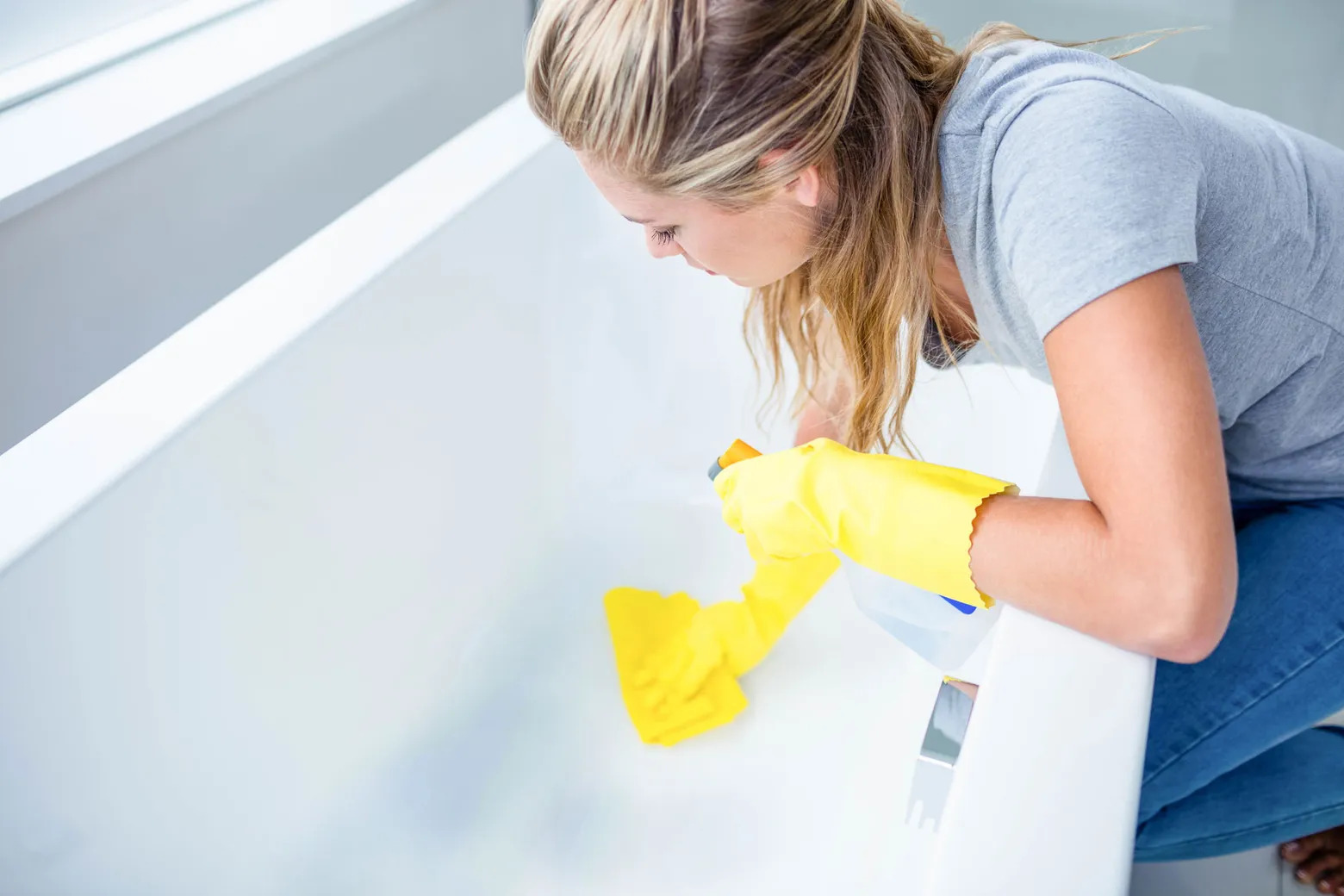
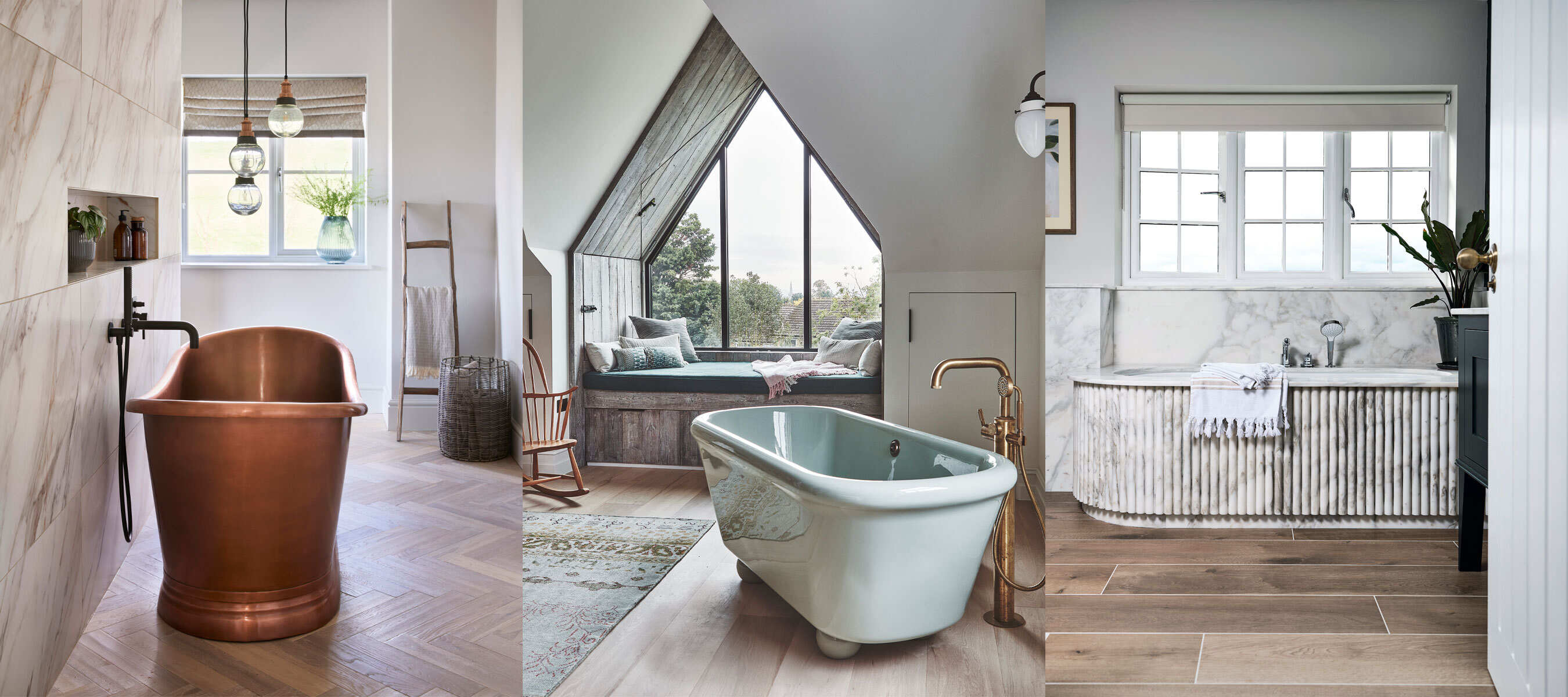
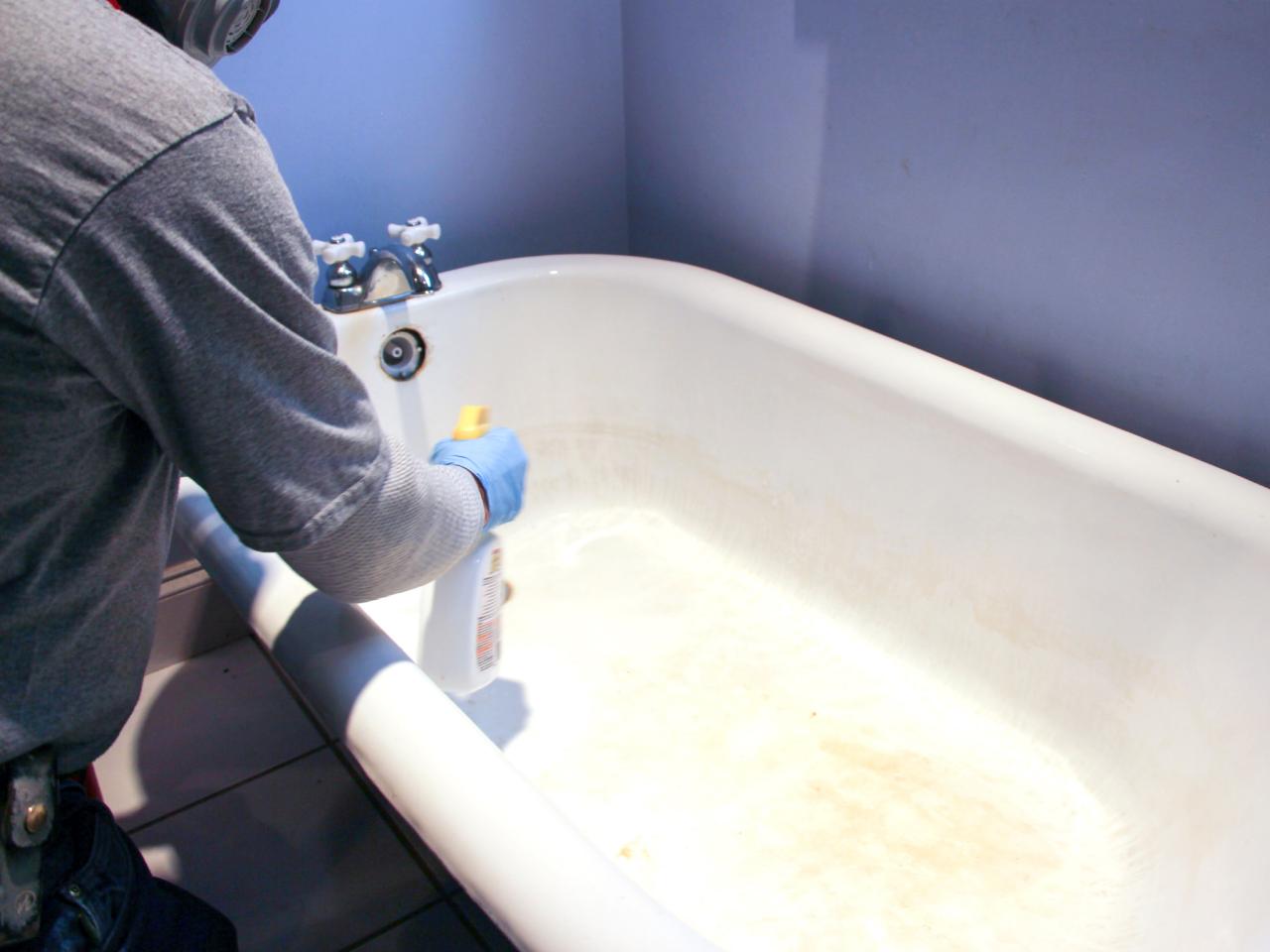
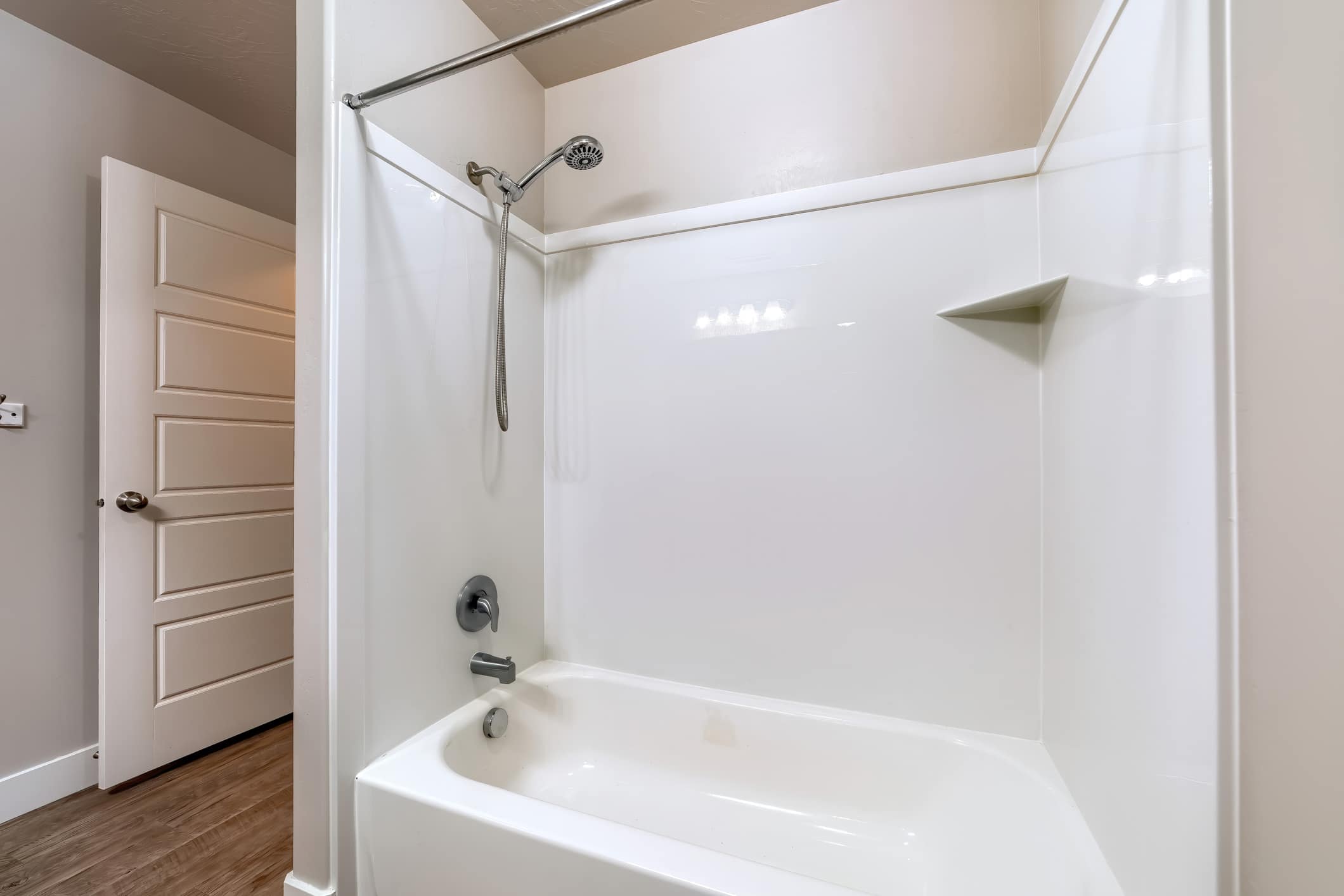
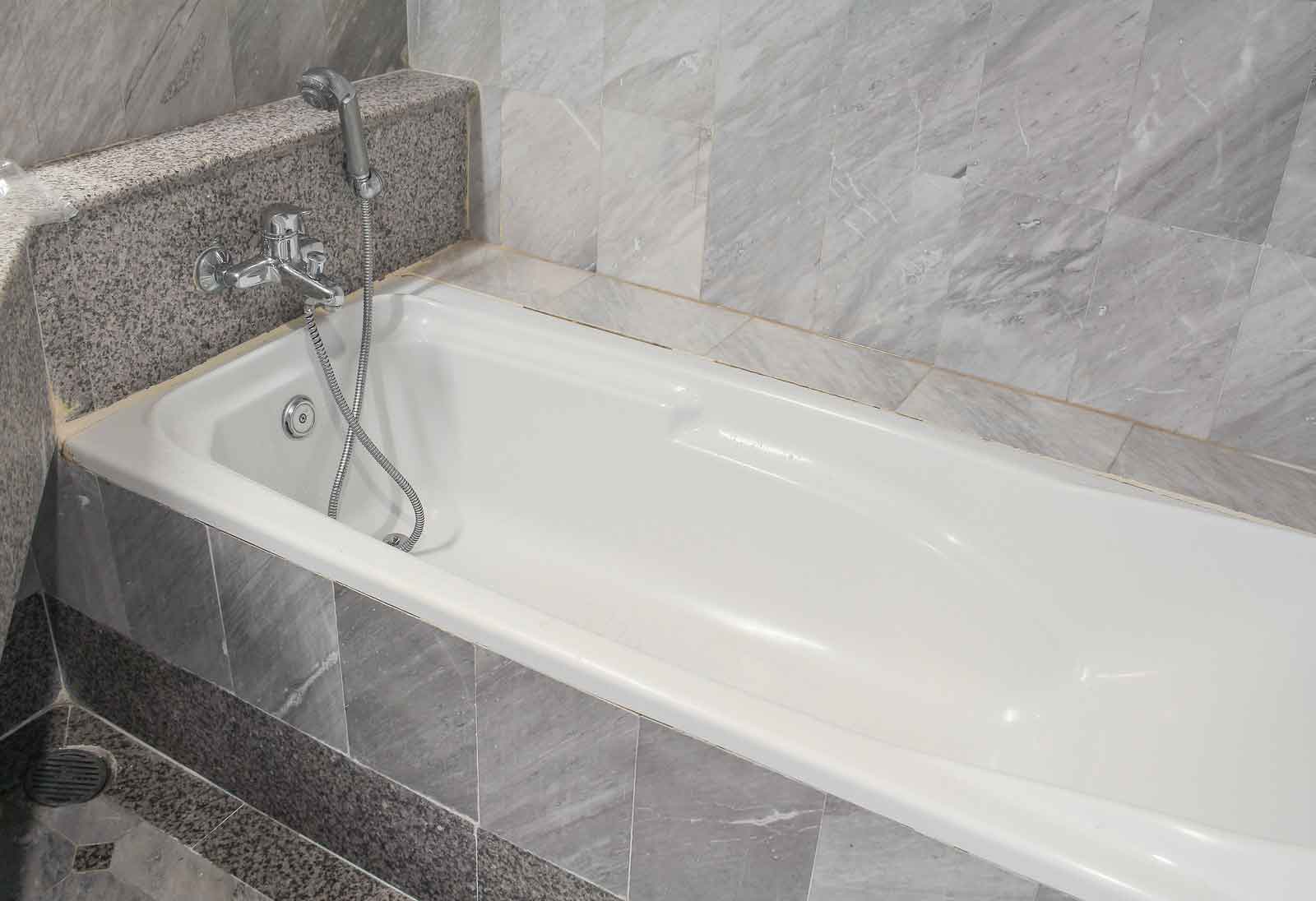
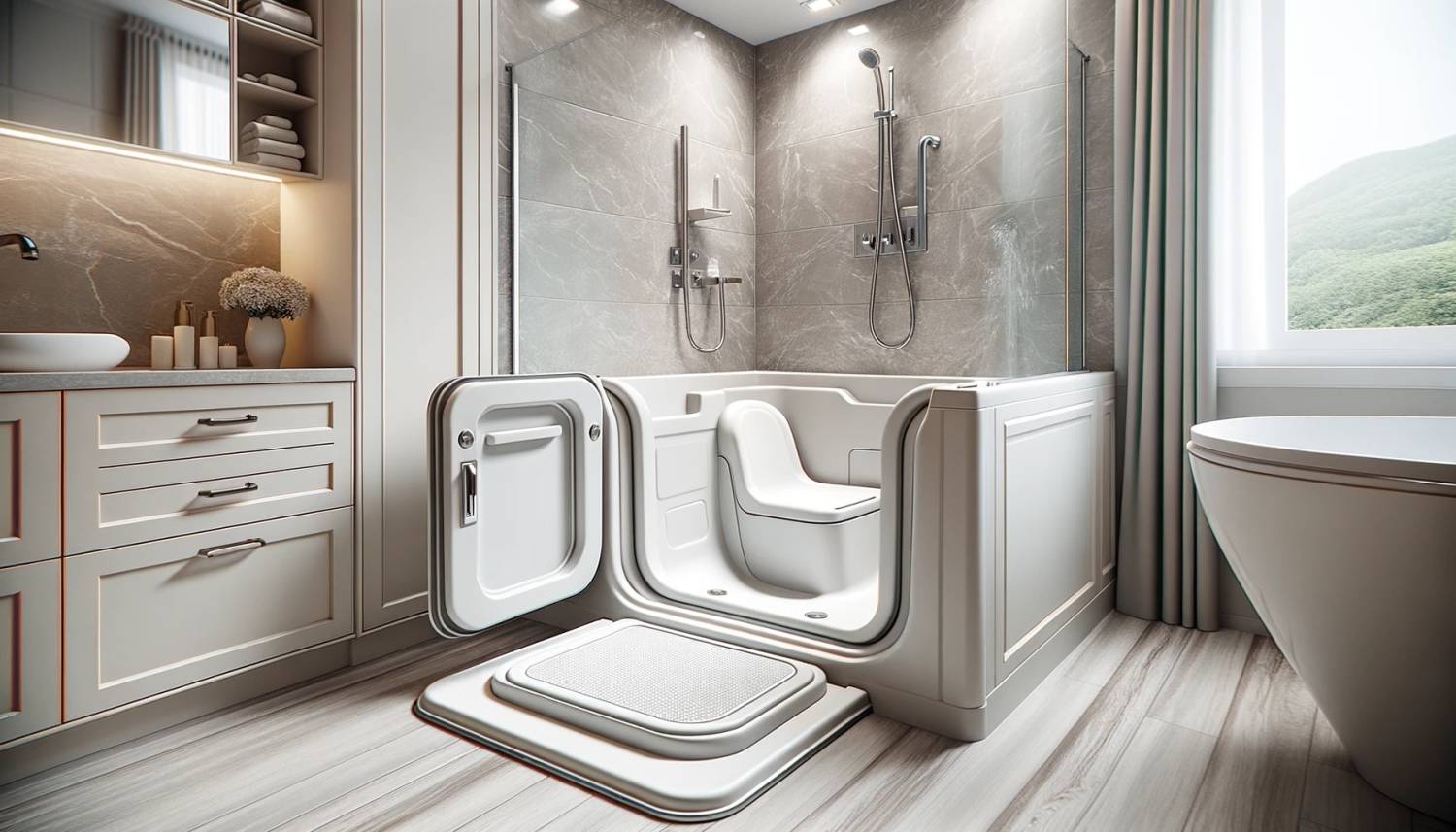
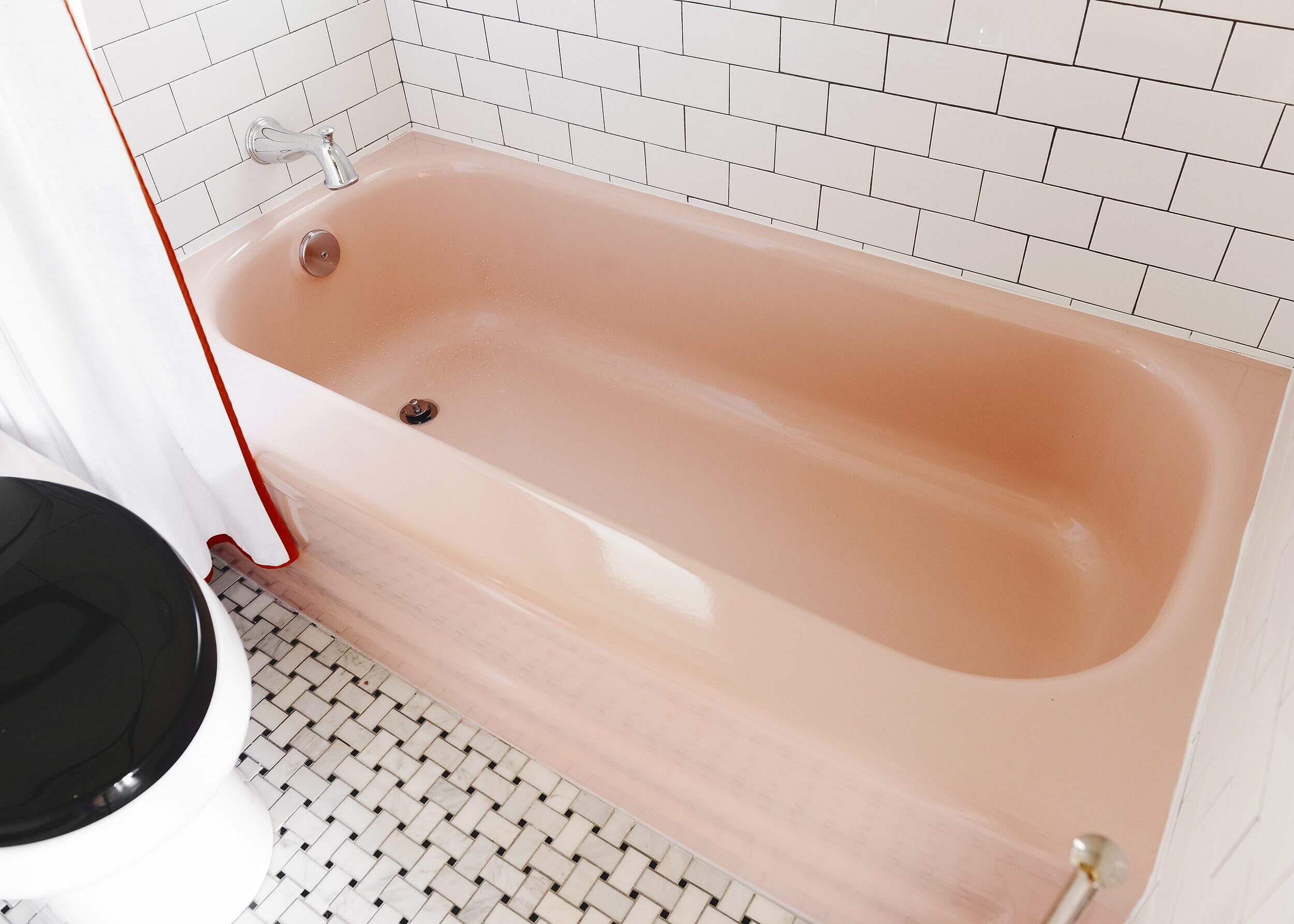
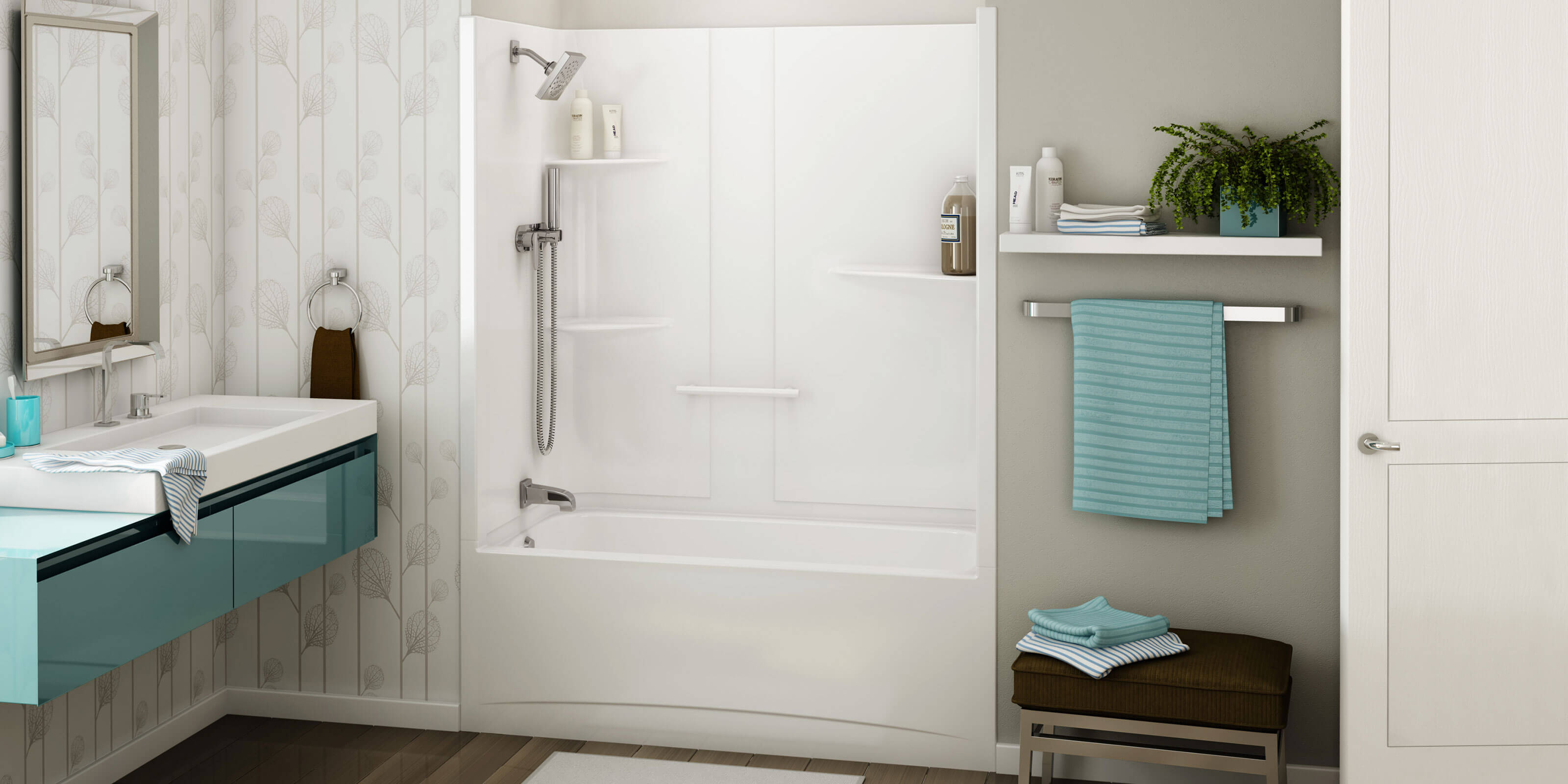
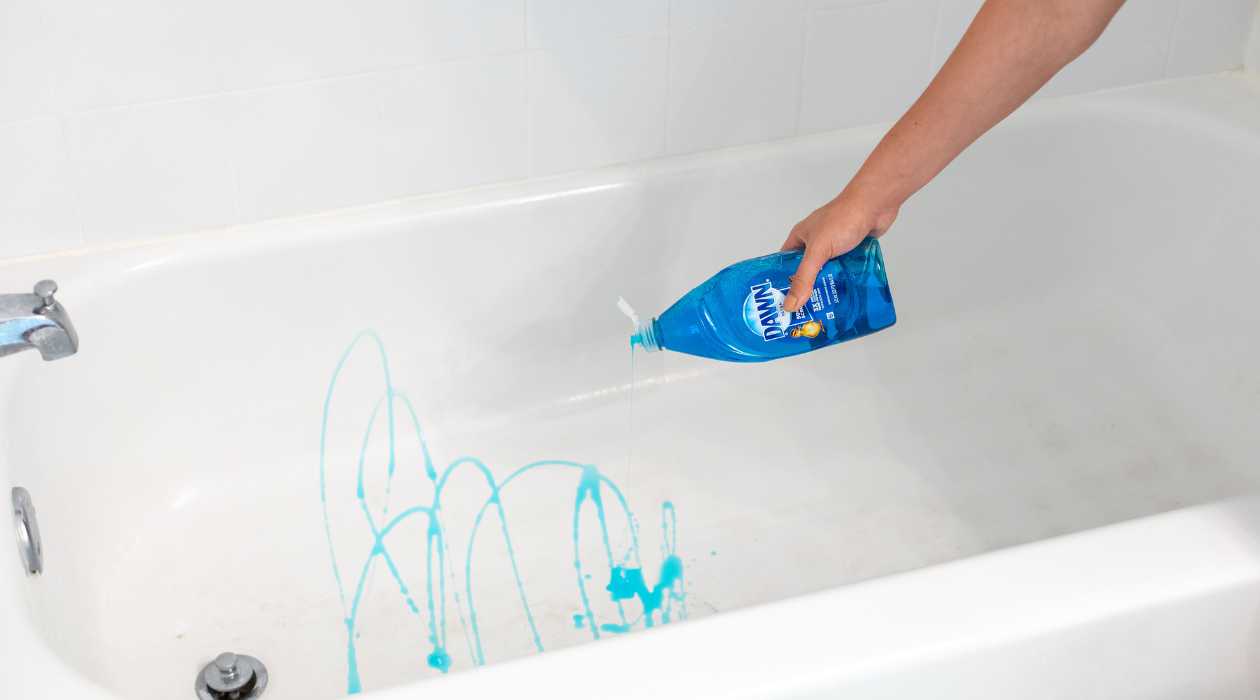

0 thoughts on “How To Build A Bathtub”